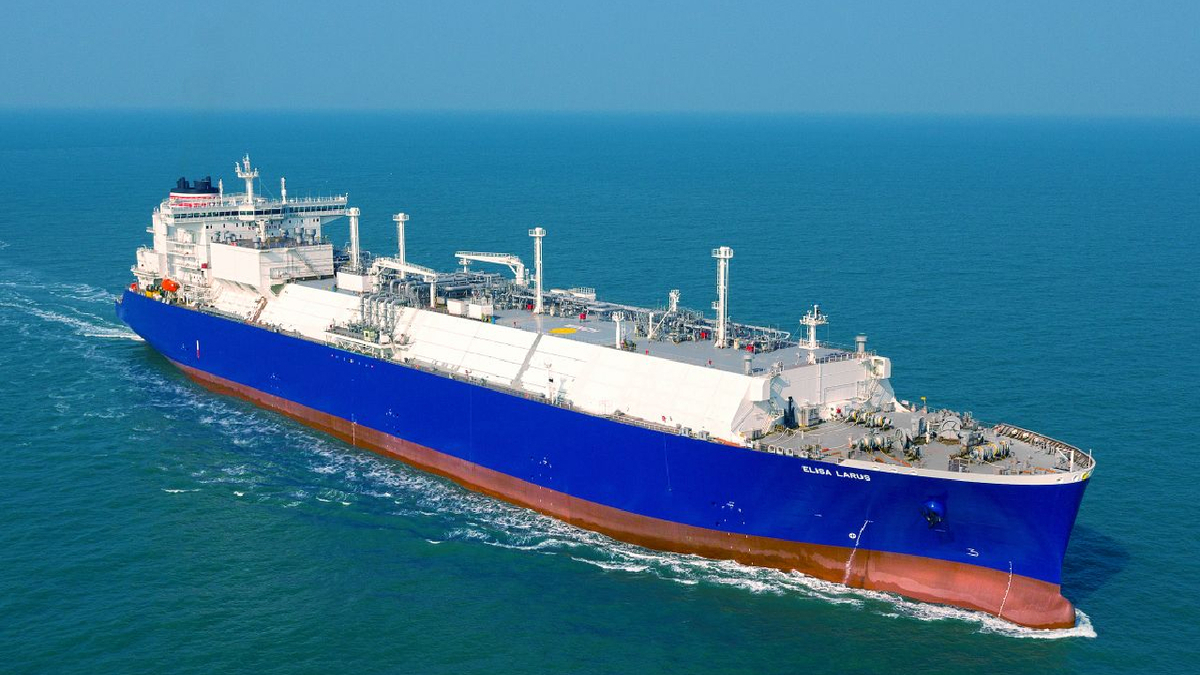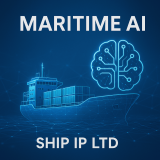Classification society Korean Register (KR) has signed an MoU with Samsung Heavy Industries (SHI) to conduct a joint study on “Ship Cyber Security Network Construction and Design Safety Evaluation” at the Marine Engineering Research Center of SHI.
Under the MoU, the two organisations have agreed to evaluate the construction and design safety of cyber security networks applicable to new ships. In addition, they will jointly study technologies that can respond to cyber threats faced by ships, by diagnosing ship cyber security vulnerabilities using the cyber security test beds built by SHI.
SHI is recognised for its technological prowess as a result of its cyber security certifications received from major shipping companies based on its proprietary smart ship solution, SVESSEL. It is expected that by combining KR’s classification capability and the smart ship technology of SHI, the resulting synergies will be extremely beneficial to the shipping industry moving forward.
Cyber security risk management will be significantly strengthened in 2021 when the IMO’s resolution “Cyber Risk Management in Safety Management System (MSC.428 (98))” comes into effect. In the lead up to this date, KR and SHI will work together to enhance and support the application and verification of ship cyber security rules.
“Through this partnership and joint research with Samsung Heavy Industries, we will strengthen our ship cybersecurity certification and our technical service capabilities. KR will also continue to increase its cybersecurity technology leadership in the global maritime market using world-class construction technology through our cooperation and close working with shipyards,” said Kim Dae-heon, head of KR’s Digital Technology Center.
Shim Yong-rae, head of the Shipbuilding and Marine Research Institute of SHI, added, “We expect to considerably increase the security capabilities of smart ships through our joint research with KR, which is renowned for its cybersecurity certification technology. In addition, we will continue to deliver ships with the very latest world-class cybersecurity capabilities for our customers.”
Demand for effective cyber security continues to grow. KR established a maritime cyber security management certification system in 2018 and provides certification services for companies and ships, as well as cyber security type approval services for ship networks and automated systems. The maritime cyber security management certification system encompasses the international security standards (ISO 27001 and IEC 62443), the maritime cyber security guidelines of the IMO and the shipping association BIMCO.
Source: https://shipinsight.com/articles/kr-and-samsung-in-cyber-security-agreement








